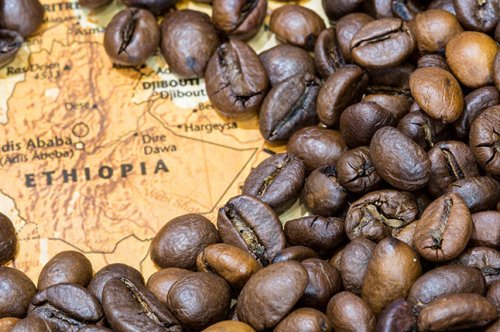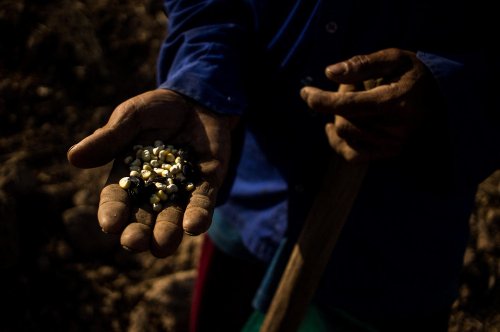Agriculture: Wake up and smell the more climate-resilient coffee

A rare and little-known species of wild coffee from West Africa is shown to have a similar flavour profile to high-quality Arabica coffee, but with greater tolerance for higher temperatures and rainfall variability. The findings, published in Nature Plants, could aid the development of more climate-resilient coffee crops that also satisfy the flavour attributes required for widespread commercial success.
Future-proofing the global coffee supply chain against climate change is a major challenge for the coffee industry. Arabica (Coffea arabica) is a coffee species originating in the cool-tropical highlands of Ethiopia and South Sudan, which achieves higher prices owing to its superior taste. However, with an optimum annual temperature range of 18–22 ºC, it has limited resilience to climate change; Farmers of Arabica coffee around the world are already experiencing the impacts of elevated temperatures and low or erratic rainfall. The other main coffee species, robusta (Coffea canephora), grows at higher mean temperatures but is generally excluded from the higher-value specialty coffee sector.
Aaron Davis and colleagues analysed stenophylla coffee (Coffea stenophylla), a wild coffee species endemic to Guinea, Sierra Leone and Ivory Coast, which until recently was thought to be extinct in Guinea and Sierra Leone. In the wild, stenophylla grows in hot-tropical conditions at low elevations, and is reported to be drought tolerant and partially resistant to coffee leaf rust. Several historical references suggest stenophylla has an excellent flavour, but no sensory information about the species has been published since the 1920s.






